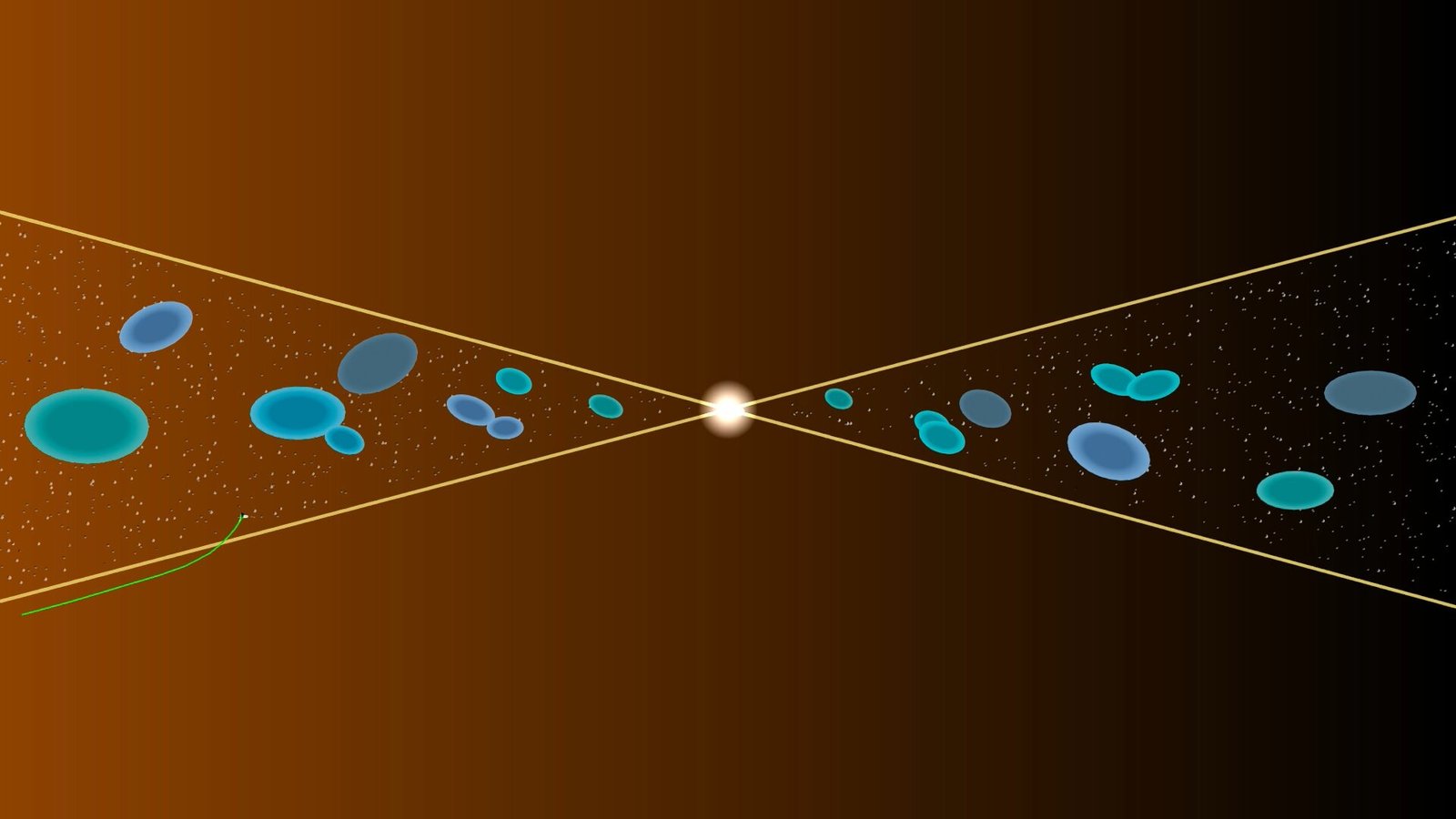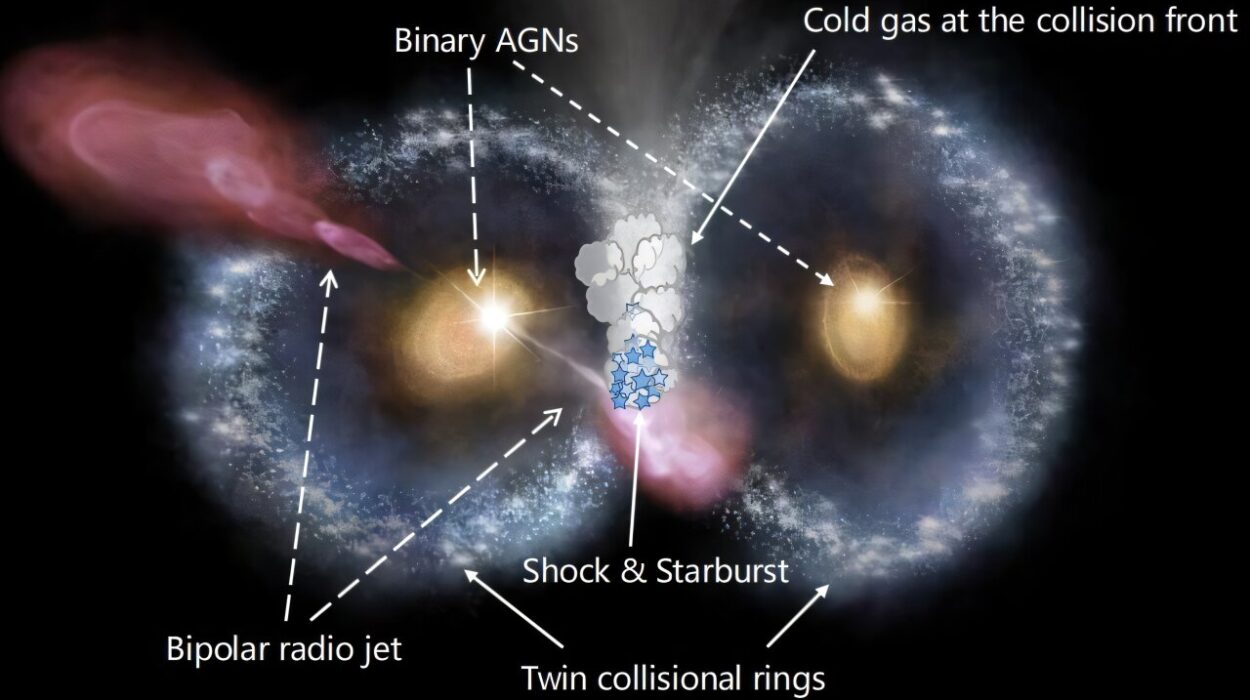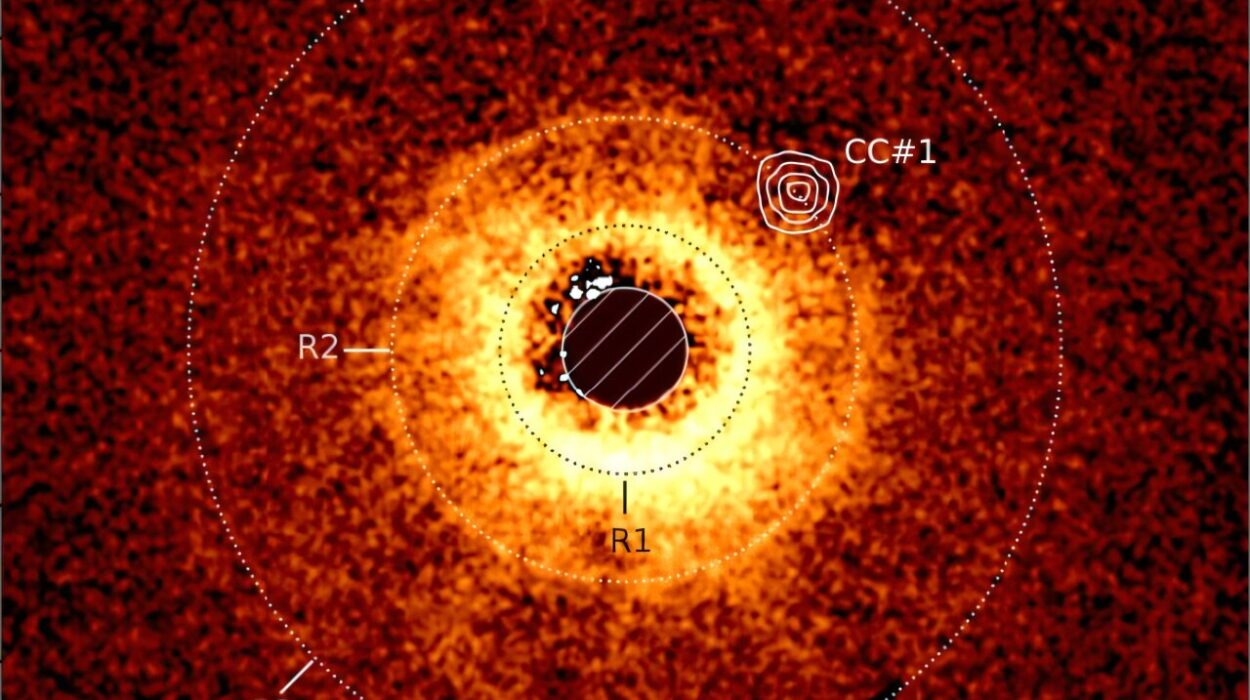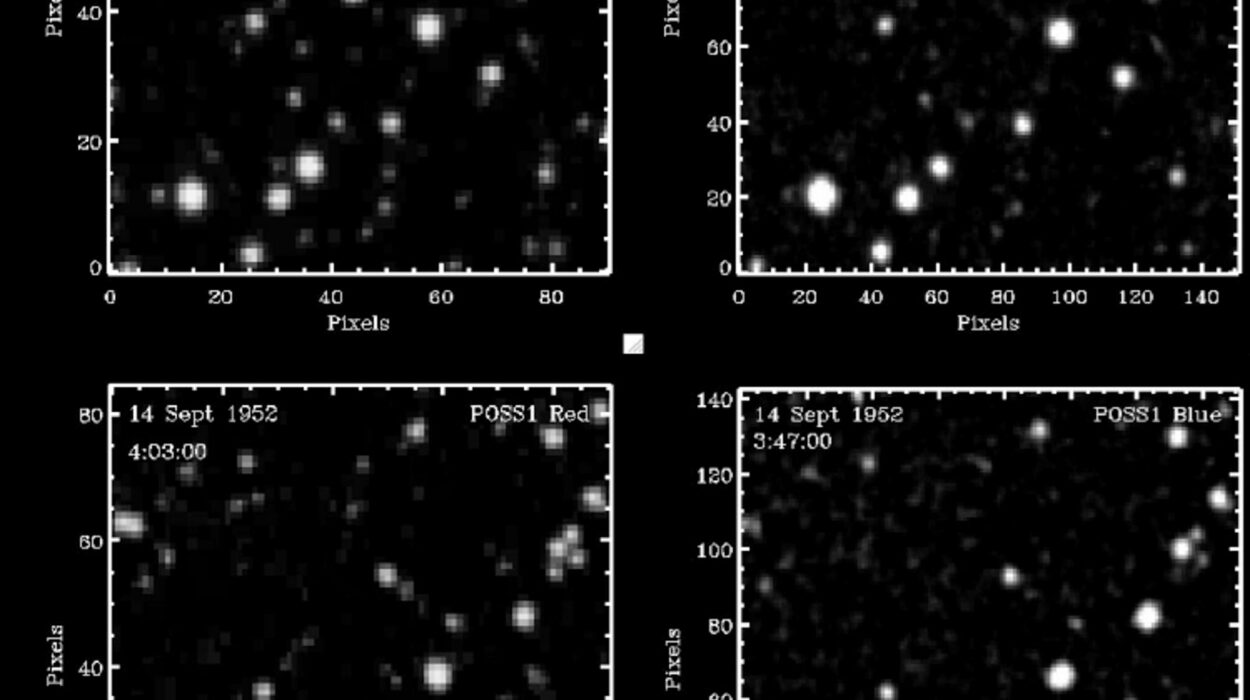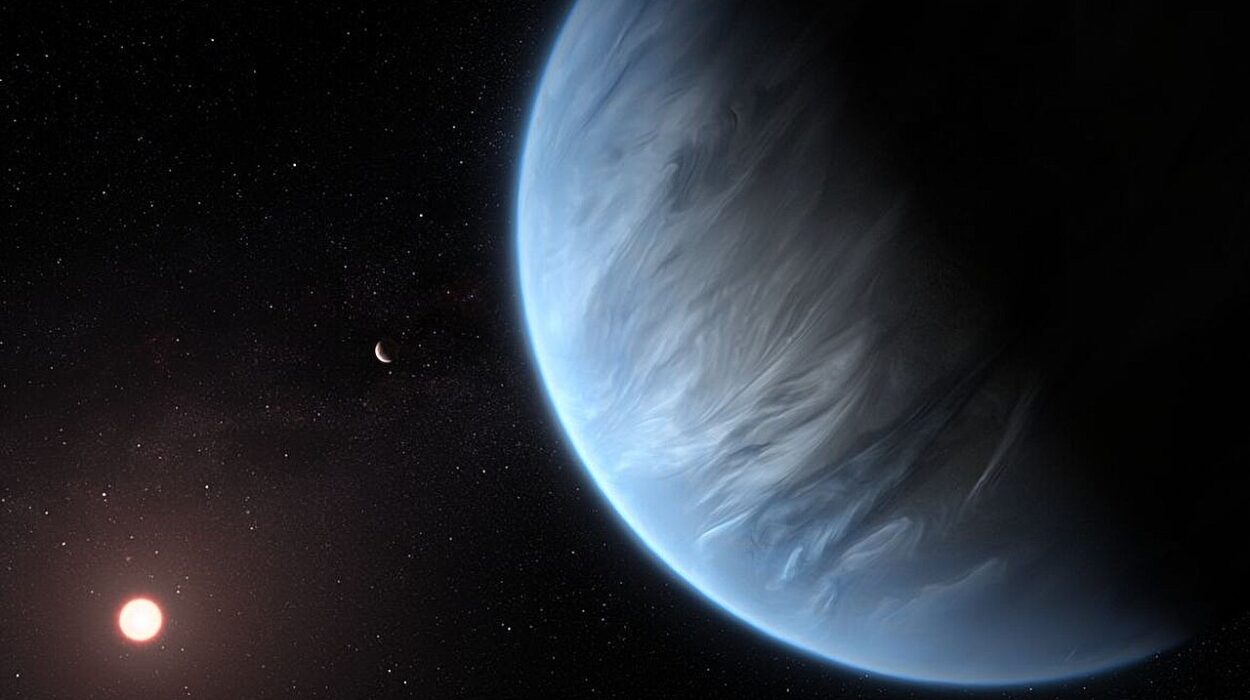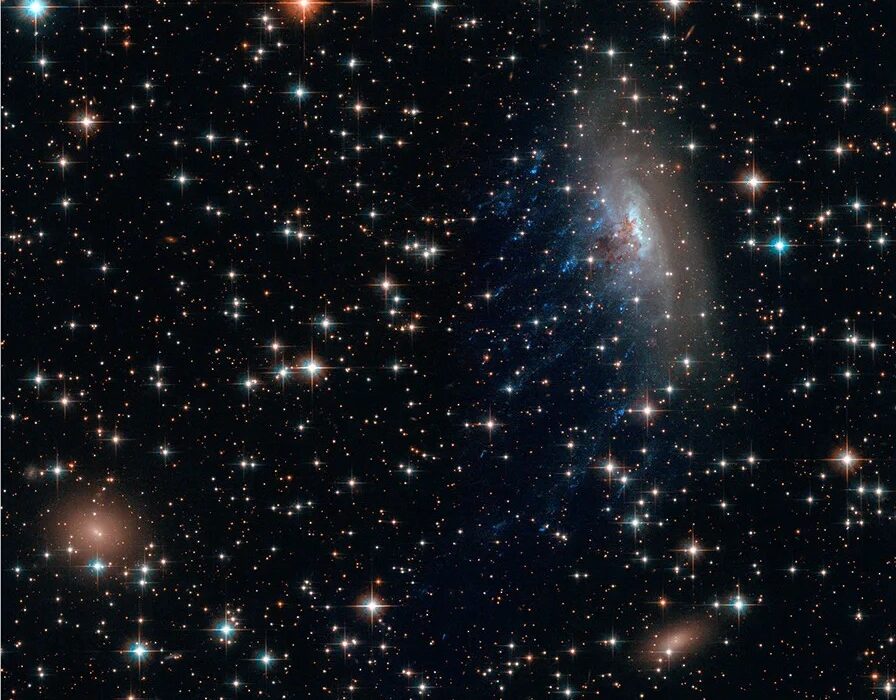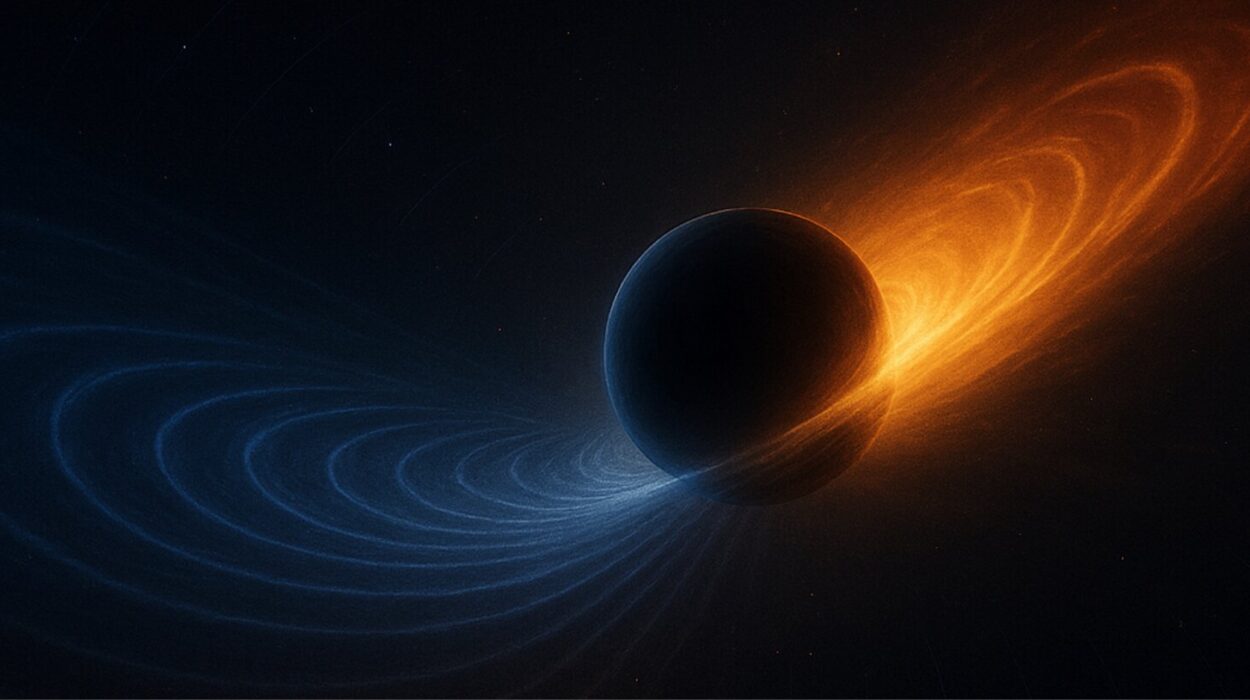The Sun is far more than a steady beacon in our sky—it is a boiling, roiling nuclear furnace, constantly releasing a torrent of charged particles into space. But exactly how it manages to hurl these particles out at such ferocious speeds has remained one of the most enduring mysteries in astrophysics. Now, new research led by Dr. Mihir Desai of the Southwest Research Institute (SwRI) has revealed an electrifying piece of that puzzle.
Thanks to NASA’s Parker Solar Probe—a spacecraft daring enough to fly repeatedly through the Sun’s outer atmosphere—scientists have identified a surprising new source of energetic particles hidden near our star. These particles weren’t born from solar flares or massive coronal mass ejections (CMEs), as previously suspected. Instead, they seem to originate from a more subtle yet explosively powerful process: magnetic reconnection at the heliospheric current sheet (HCS).
This discovery, published in The Astrophysical Journal Letters, not only uncovers how vast amounts of energy are transferred from the Sun’s magnetic fields to fast-moving particles, but also reshapes our understanding of space weather and the origins of the solar wind.
A Magnetic Mystery
To understand the new findings, we need to zoom in on one of the most misunderstood processes in astrophysics: magnetic reconnection. Picture magnetic field lines as invisible threads of force that loop and twist through space. When two of these lines from opposing magnetic domains come close, they can suddenly snap and realign—an event akin to stretching a rubber band until it breaks and then letting it lash back with a burst of kinetic fury.
This violent realignment releases enormous amounts of stored magnetic energy, which can heat plasma, accelerate particles to near-light speeds, and unleash stunning outbursts like solar flares. On Earth, magnetic reconnection has been implicated in producing the breathtaking auroras near the poles and triggering disturbances in our magnetosphere during geomagnetic storms.
But until now, direct evidence of magnetic reconnection fueling energetic particles near the Sun had been elusive.
The Parker Solar Probe’s Daring Dive
Enter NASA’s Parker Solar Probe, humanity’s boldest mission to our parent star. Launched in 2018, Parker is the first spacecraft to enter the Sun’s corona—the million-degree outer atmosphere where the solar wind begins its journey into the solar system.
Orbiting the Sun in ever-tightening loops, Parker dives into the corona up to three times a year, enduring temperatures of over 1,300 degrees Celsius while collecting priceless data. Its instruments are designed to sniff out the smallest details of the Sun’s magnetic fields, plasma flows, and particle energies at distances never before reached.
During several recent passes, Parker flew through the heliospheric current sheet—the vast, wavy plane where the Sun’s magnetic field reverses polarity, like a cosmic seam rippling through the solar system. Here, it made a startling discovery.
A Surge of Particles—and a Smoking Gun
As Parker Solar Probe traversed the HCS, its instruments detected sunward-directed reconnection jets—streams of plasma surging back toward the Sun. Even more telling, the spacecraft recorded highly energetic protons accelerating sunward, reaching speeds and energies that far exceeded what solar models predicted from typical magnetic energy budgets.
Inside the heart of the reconnection zone, Parker found trapped protons with energy densities a thousand times greater than the available magnetic energy per particle. This meant one thing: magnetic reconnection at the HCS was not only taking place, but was somehow generating a prodigious population of energetic particles, entirely distinct from the more familiar solar flares and CMEs.
“We now have definitive proof that these particles are energized directly at the current sheet,” said Dr. Desai. “This is not an indirect effect. We’re seeing the birthplace of these high-energy particles in real time.”
Redefining the Origins of the Solar Wind
The findings have sweeping implications. For decades, scientists have tried to understand how the Sun’s atmosphere transitions into the solar wind—a continual stream of charged particles that bathes the solar system and carves out the heliosphere, a magnetic bubble enveloping all the planets.
The solar wind has long been thought to be driven mainly by heat from the corona and occasional explosive events. But these new observations suggest that routine, localized magnetic reconnection at the HCS may be a significant contributor to solar wind acceleration—particularly the fast solar wind, which races outward at speeds of up to 800 km/s.
Parker’s data now suggest a more chaotic and dynamic mechanism at play, where small-scale reconnection sites serve as particle launchpads, injecting high-energy material into the solar wind stream in bursts that can span thousands of kilometers.
This new view of the Sun’s behavior brings us closer to solving a century-old conundrum: why the corona is millions of degrees hotter than the Sun’s visible surface, and how it manages to spew out high-speed particles that shape the environment of the entire solar system.
Magnetic Reconnection: Space Weather’s Secret Engine
Magnetic reconnection isn’t just a solar curiosity. It is the central engine of space weather—a driver of solar flares, coronal mass ejections, and geomagnetic storms that can wreak havoc here on Earth.
The process converts magnetic energy into particle energy with astonishing efficiency. At Earth, reconnection occurs when the solar wind collides with the planet’s magnetosphere, funneling energy into auroras and geomagnetic storms. Near the Sun, where magnetic fields are far stronger, the effects are even more dramatic.
Understanding how and where magnetic reconnection happens is critical for forecasting space weather. The May 2024 solar storms were a vivid reminder of this. According to reports from the American Meteorological Society, intense geomagnetic activity disrupted GPS systems relied upon by farmers in the U.S. Midwest. Precision planting systems—critical for modern agriculture—went haywire, causing misaligned seed rows and an estimated $500 million in losses.
“Knowing where these particles come from and how they’re accelerated can help us prepare better for these storms,” Desai emphasized. “Parker’s proximity to the Sun is giving us a front-row seat to space weather’s point of origin.”
Implications for Earth—and Beyond
The implications of this discovery go far beyond academic curiosity. Our increasing reliance on technology—from satellites to power grids to navigation systems—makes us more vulnerable to space weather. As humanity plans future missions to the Moon, Mars, and beyond, understanding the Sun’s behavior becomes a matter of safety and survival.
High-energy solar particles pose radiation hazards to astronauts, spacecraft, and even airline crews. Fast-moving solar wind streams can induce currents in power lines, knocking out entire electrical grids as happened in Quebec in 1989. Even now, forecasts are being updated in real-time to account for the unusually active Solar Cycle 25, which is expected to peak around 2025–2026.
But the impact of this research doesn’t stop at the edge of our magnetosphere. Magnetic reconnection also occurs in fusion reactors, where scientists are trying to replicate the Sun’s energy on Earth. A better grasp of reconnection could help solve the stability challenges that plague plasma confinement in tokamaks and stellarators—bringing us closer to realizing clean, limitless fusion energy.
A New Era of Solar Science
The Parker Solar Probe is just getting started. With each new orbit, the spacecraft tightens its approach, edging ever closer to the Sun’s surface. Future encounters will bring it within just 6 million kilometers of the solar surface—seven times closer than any spacecraft before it. There, Parker will dive directly into regions where solar wind is born and where magnetic reconnection is most intense.
These voyages promise to not only deepen our understanding of energetic particles, but to rewrite the very physics of plasma behavior across the universe. From distant black holes to Earth’s auroras, magnetic reconnection is a cosmic language—and Parker is helping us decode it.
In doing so, we are finally getting to know our Sun—not just as a light source, but as a dynamic, ferocious engine of particles and fields. A star with moods, eruptions, and mysteries that ripple across time and space.
The Solar Wind’s Secret Origins: Revealed
Albert Einstein once said, “The most beautiful thing we can experience is the mysterious.” With the latest revelations from Parker Solar Probe, one of those mysteries has stepped into the light.
By capturing the signature of energetic particles at their very birth, and tracing them back to a site of magnetic reconnection in the HCS, we now know that the Sun’s power doesn’t only erupt in dramatic flares. It simmers, twists, and cracks in quiet revolutions—releasing its energy in invisible bursts that shape the very space we inhabit.
For Dr. Desai and his team, this is just the beginning. “Everywhere there are magnetic fields, there will be reconnection,” he said. “But near the Sun, the stakes—and the energies—are much higher.”
We’ve long watched the Sun’s surface with telescopes and filtered lenses. But only now, flying boldly into its fiery arms, are we beginning to understand what drives its cosmic heartbeat.
Reference: M. I. Desai et al, Magnetic Reconnection–driven Energization of Protons up to ∼400 keV at the Near-Sun Heliospheric Current Sheet, The Astrophysical Journal Letters (2025). DOI: 10.3847/2041-8213/ada697
